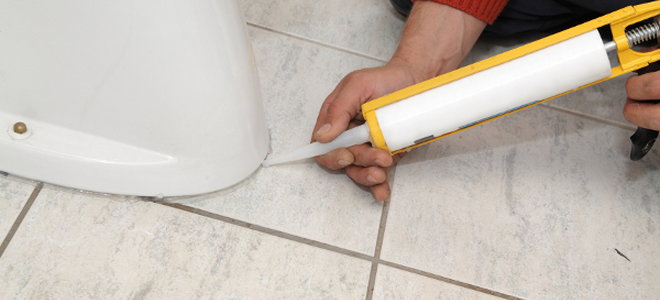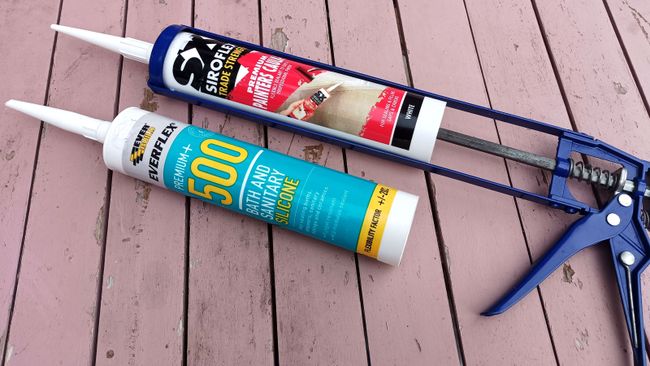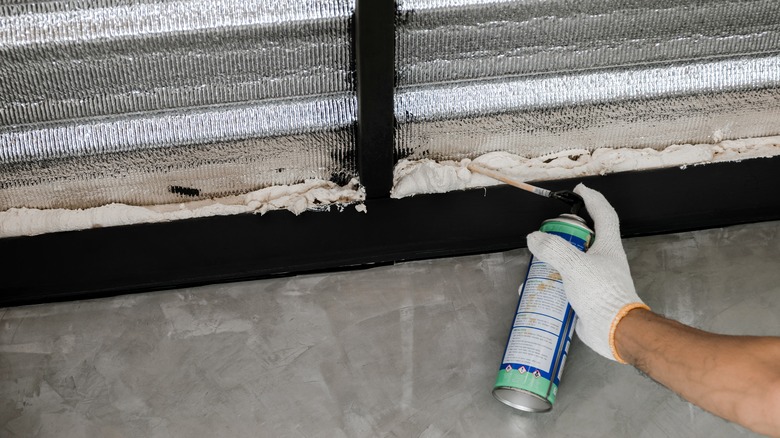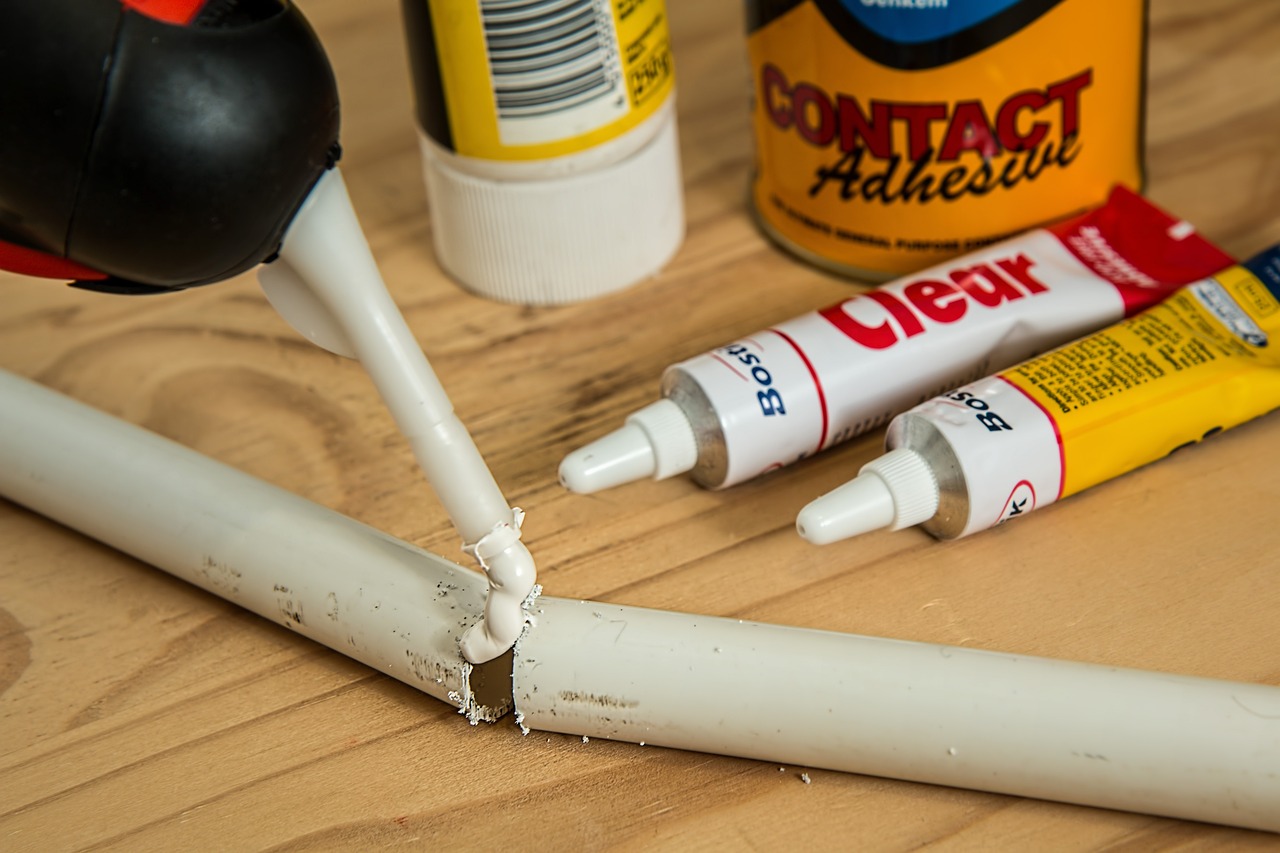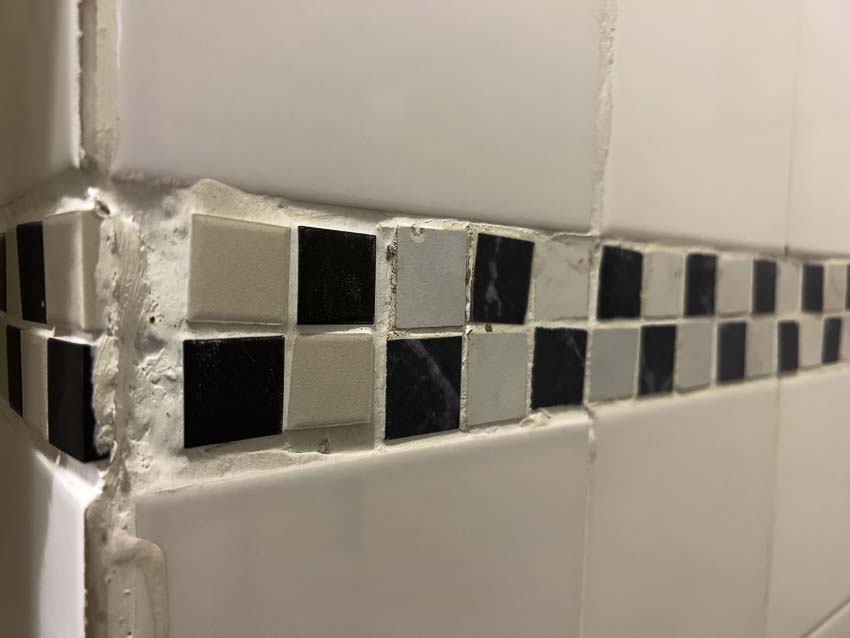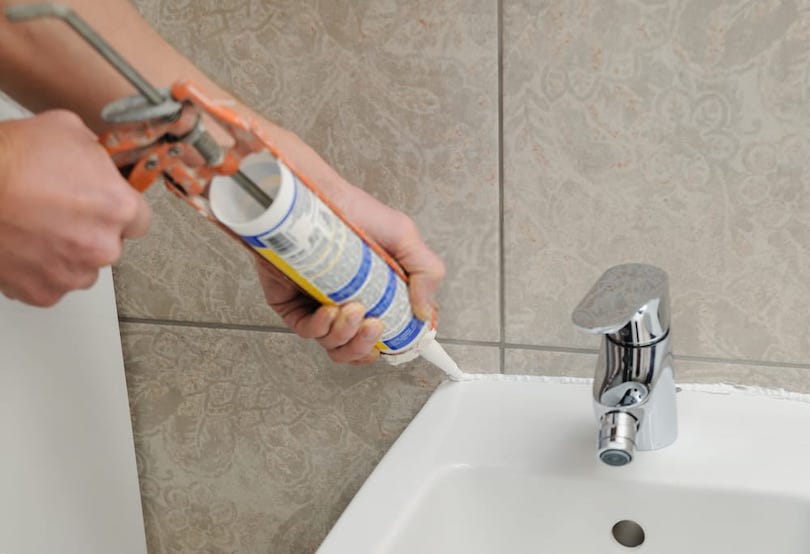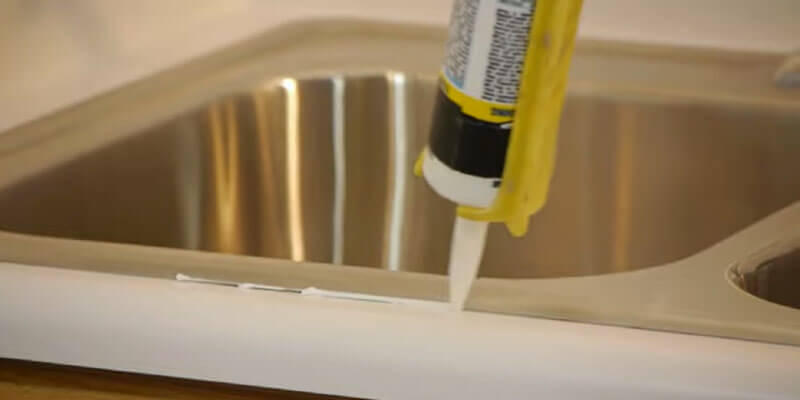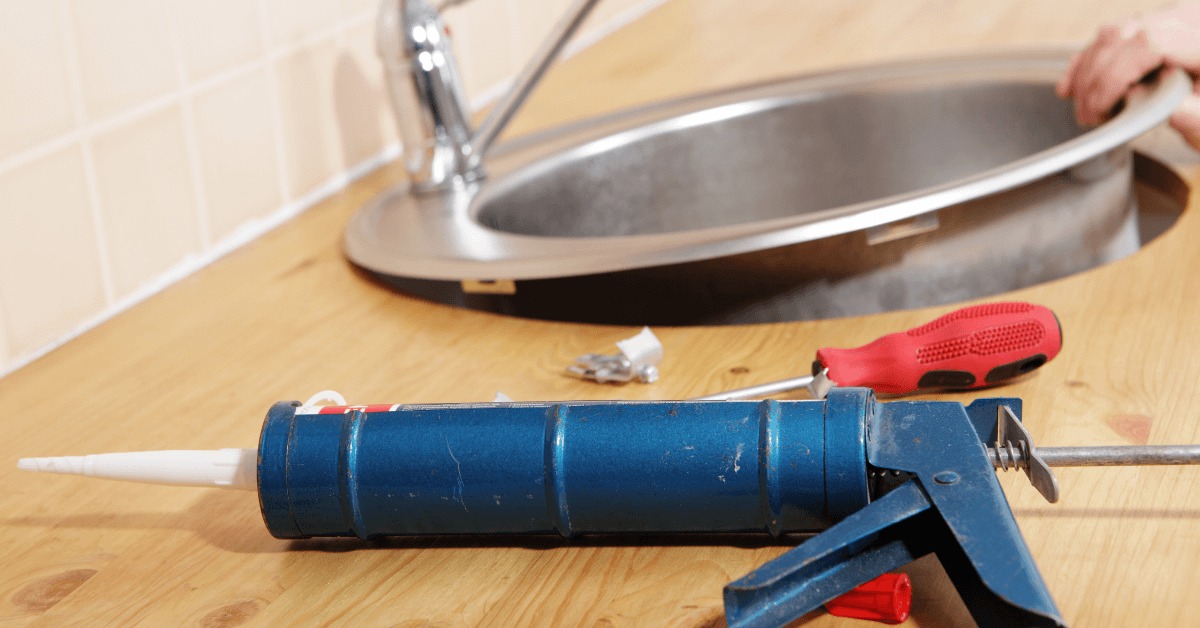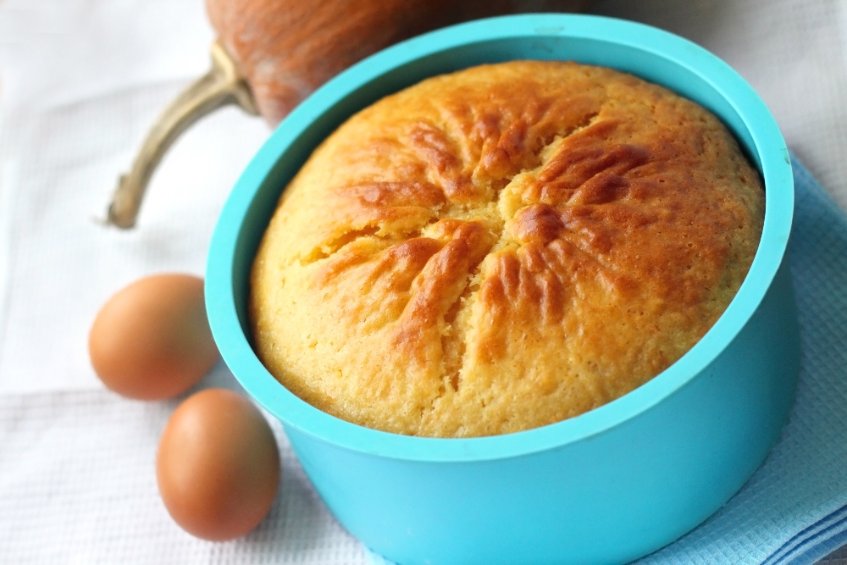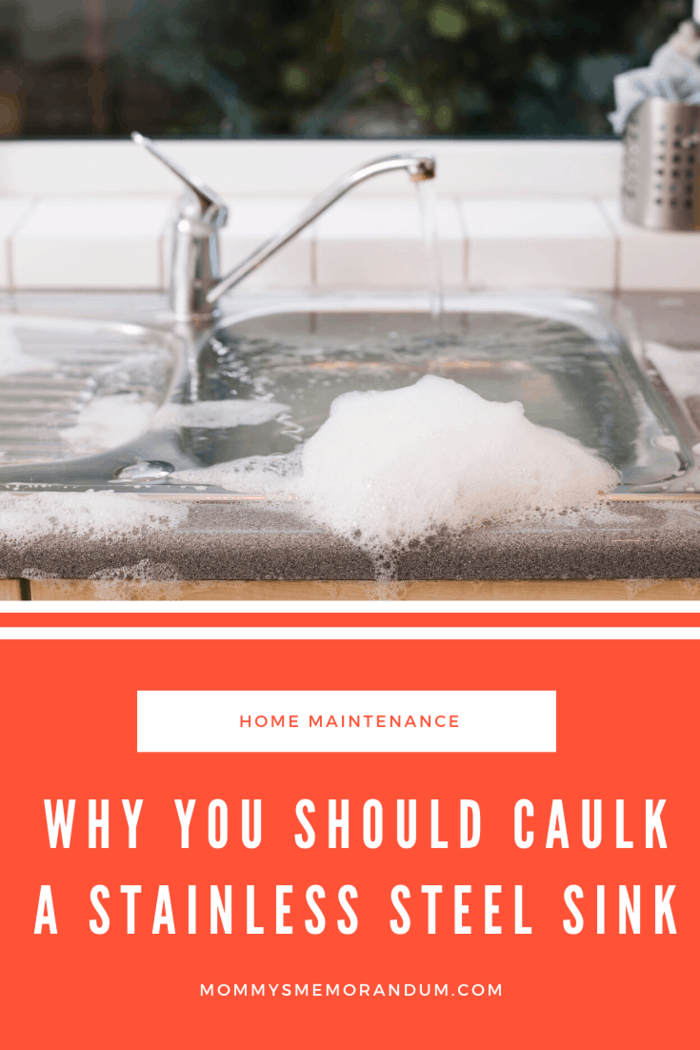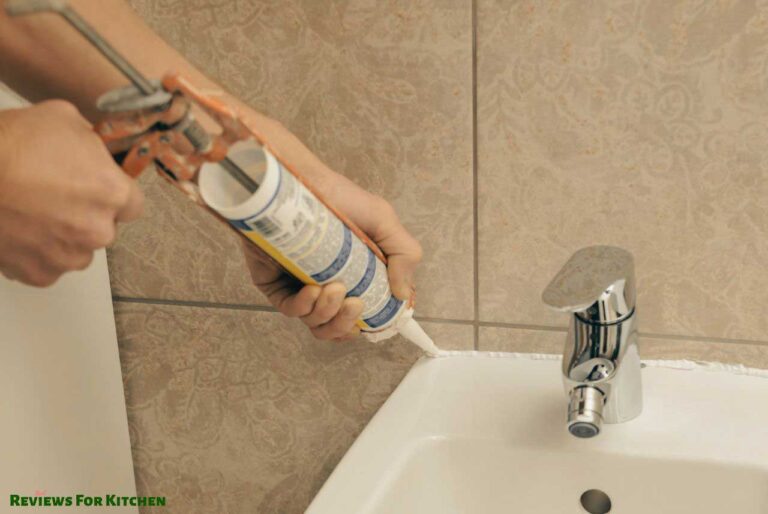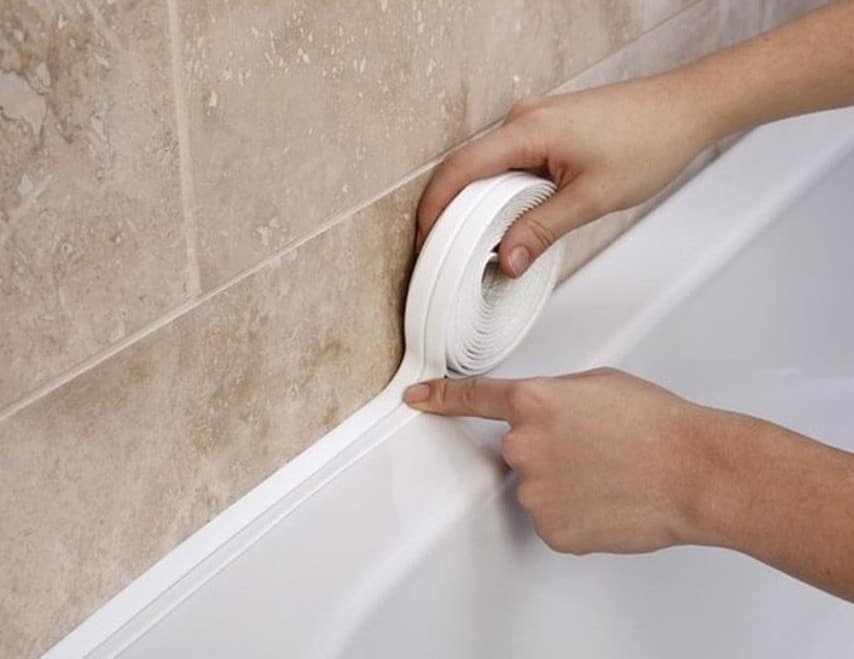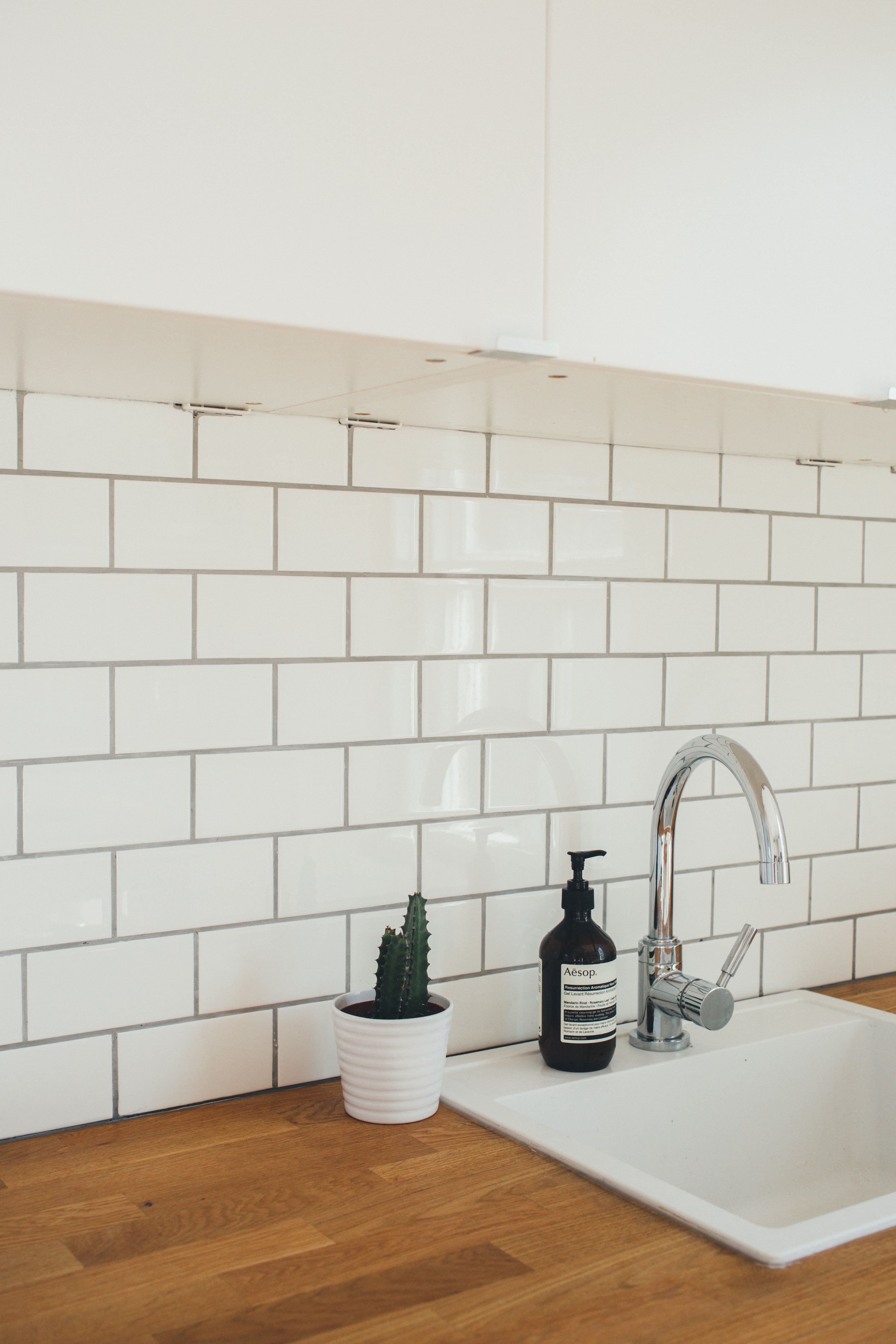Kitchen sink caulk is an essential part of any kitchen renovation or repair project. It helps seal gaps and prevent water damage, ensuring that your sink stays firmly in place and free from leaks. But when it comes to choosing the right type of caulk for your kitchen sink, you may be faced with the decision between acrylic and silicone caulk. Both have their advantages and disadvantages, so which one should you use? Let's take a closer look.Acrylic Caulk vs. Silicone Caulk: Which Is Best for Your Project?
Acrylic caulk is made from water-based acrylic resin and is known for its flexibility, easy application, and ease of clean-up. It's a popular choice for DIY projects and is often used for general sealing and filling. On the other hand, silicone caulk is made from a rubber-like material and is known for its durability and resistance to moisture and extreme temperatures. It's commonly used for high-moisture areas like bathrooms and kitchens.Acrylic vs. Silicone Caulk: Which One Should You Use?
While both acrylic and silicone caulk can be used for kitchen sink applications, there are a few key differences to consider. One of the main factors is the level of flexibility each type offers. Acrylic caulk is more flexible and can handle slight movements or shifts in the sink without cracking. On the other hand, silicone caulk is less flexible and can crack or break if there is too much movement. This is why silicone caulk is often recommended for areas where there is minimal movement, such as around the edges of a sink.Choosing the Right Caulk for Your Kitchen Sink: Silicone vs. Acrylic
Pros: Silicone caulk is extremely durable and can last for a long time without needing to be replaced. It's also resistant to mold and mildew, making it a great choice for high-moisture areas like the kitchen. It's also highly resistant to extreme temperatures, making it a good choice for hot or cold environments. Cons: Silicone caulk can be more difficult to apply and clean up than acrylic caulk. It requires a special solvent or mineral spirits to remove, which can be messy and time-consuming. It's also more expensive than acrylic caulk, which may be a consideration for those on a budget.Pros and Cons of Using Silicone Caulk for Your Kitchen Sink
Pros: Acrylic caulk is more flexible and easier to work with than silicone caulk. It's also water-based, making it easy to clean up with just soap and water. It's also more affordable than silicone caulk, which can be a deciding factor for those on a tight budget. Cons: While acrylic caulk is more flexible, it may not be as durable as silicone caulk. It may not hold up well in extreme temperatures or high-moisture environments, which could lead to cracking or breaking over time.Why Acrylic Caulk Is a Better Choice for Kitchen Sink Applications
The durability of caulk is an important factor to consider when choosing the right one for your kitchen sink. While silicone caulk may be more durable in extreme conditions, acrylic caulk can still provide a strong and long-lasting seal in most situations. It's important to consider the specific needs and conditions of your kitchen sink before making a decision.Comparing the Durability of Silicone and Acrylic Caulk for Kitchen Sinks
The application process for both silicone and acrylic caulk is similar. First, clean the area around the sink and make sure it is dry. Then, cut the tip of the caulk tube at a 45-degree angle and insert it into a caulk gun. Apply a steady and even bead of caulk along the edges of the sink, using a wet finger or caulk smoothing tool to smooth out the caulk. Wipe away any excess caulk and let it dry completely before using the sink.How to Apply Silicone or Acrylic Caulk to Your Kitchen Sink
Choosing the right caulk for your kitchen sink is crucial for ensuring a strong and long-lasting seal. Using the wrong type of caulk can lead to leaks and water damage, which can be costly to repair. Take the time to consider the specific needs and conditions of your sink before making a decision.The Importance of Using the Right Caulk for Your Kitchen Sink
When it comes to cleaning and maintaining caulk, acrylic caulk is the clear winner. As mentioned earlier, it can be easily cleaned up with just soap and water. Silicone caulk, on the other hand, requires a special solvent or mineral spirits to remove, which can be time-consuming and messy. Acrylic caulk also has a longer shelf life compared to silicone caulk, which can dry out and become unusable over time.Silicone vs. Acrylic Caulk: Which Is Easier to Clean and Maintain?
1. Consider the conditions: Take into account the specific conditions of your kitchen sink, such as temperature and moisture levels, before choosing the right type of caulk. 2. Read product labels: Make sure to read the product labels carefully to ensure you are choosing the right caulk for your project. 3. Don't skimp on quality: While acrylic caulk may be more affordable, it's important not to compromise on quality. Investing in a good quality caulk can save you time and money in the long run.Expert Tips for Choosing the Best Caulk for Your Kitchen Sink
Why Silicone is the Superior Choice for Kitchen Sink Caulk
Long-Lasting and Durable
 Silicone
caulk is known for its exceptional durability and longevity, making it the ideal choice for kitchen sink applications. Unlike
acrylic
caulk, silicone is resistant to water, heat, and mildew, making it suitable for use in high-moisture areas like the kitchen. It can withstand frequent exposure to water and cleaning products without deteriorating, ensuring a long-lasting seal around your kitchen sink.
Silicone
caulk is known for its exceptional durability and longevity, making it the ideal choice for kitchen sink applications. Unlike
acrylic
caulk, silicone is resistant to water, heat, and mildew, making it suitable for use in high-moisture areas like the kitchen. It can withstand frequent exposure to water and cleaning products without deteriorating, ensuring a long-lasting seal around your kitchen sink.
Flexible and Versatile
Waterproof and Mold-Resistant
Easier to Maintain
 Cleaning and maintaining a kitchen sink can be a daunting task, but with
silicone
caulk, it becomes much easier. Because it is mold-resistant, it requires less frequent cleaning and maintenance compared to acrylic caulk. Simply wiping it down with a damp cloth and mild soap is enough to keep it looking clean and fresh. This not only saves time and effort but also ensures a more sanitary kitchen environment.
Cleaning and maintaining a kitchen sink can be a daunting task, but with
silicone
caulk, it becomes much easier. Because it is mold-resistant, it requires less frequent cleaning and maintenance compared to acrylic caulk. Simply wiping it down with a damp cloth and mild soap is enough to keep it looking clean and fresh. This not only saves time and effort but also ensures a more sanitary kitchen environment.



